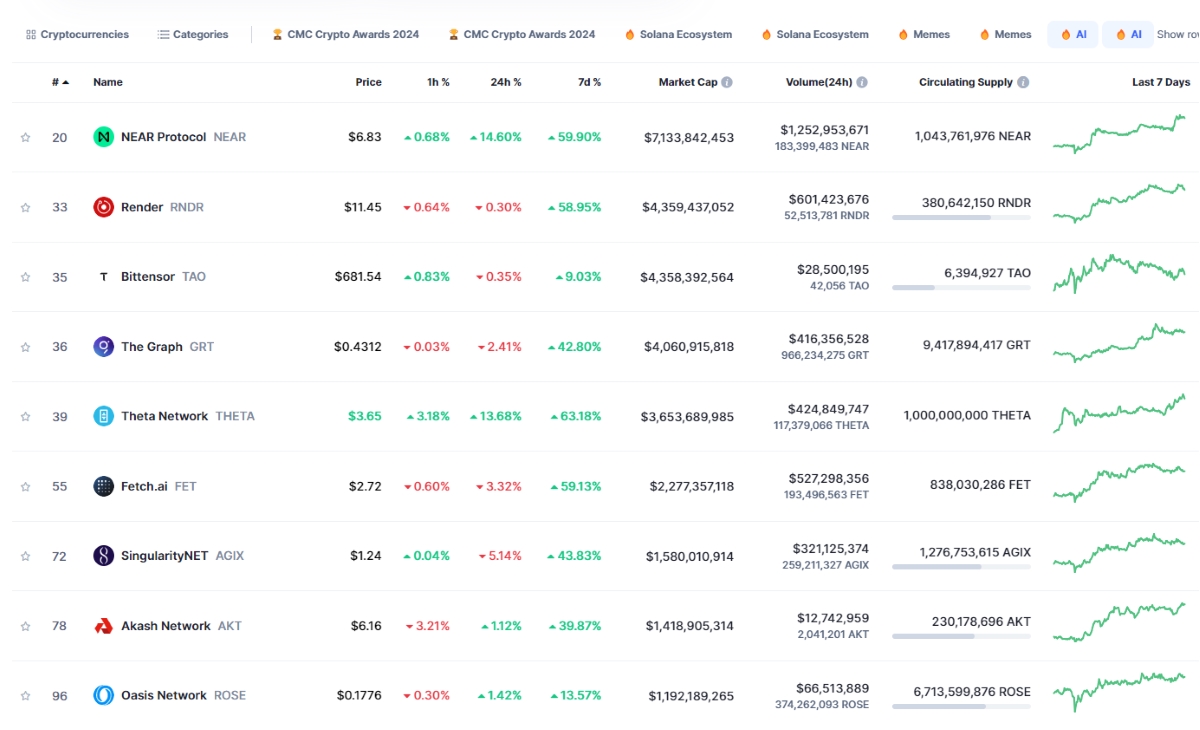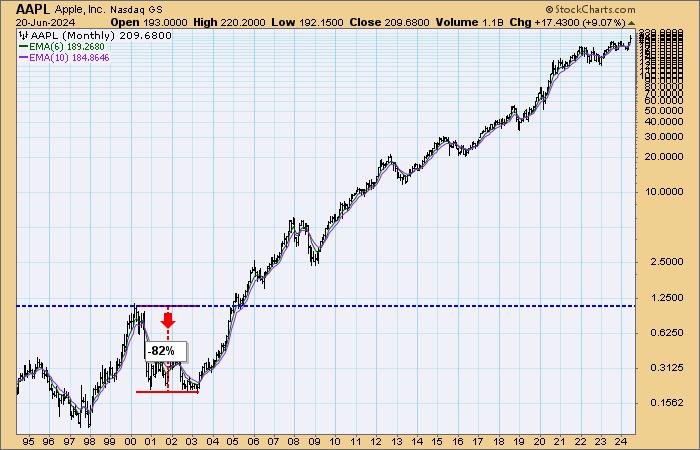Optimism or irrational enthusiasm? Why Investors Are Optimistic

Two surveys measuring investor sentiment have been released in the past seven days, and both reveal a bullish outlook for the stock market. Of course, it makes sense for bullishness to take effect after 18 months when every major market index hit an all-time high.
Last year the S&P 500 was up 24%, this year it’s already up 15% and we’re not even halfway through it yet.
But it’s worth considering whether all that optimism is just an irrational enthusiasm based on past performance rather than current reality. Let’s take a closer look.
Optimism surged in June
One of the surveys came from the American Association of Individual Investors (AAII). AAII announced that optimism (bullish sentiment) that stock prices will rise over the next six months rose 5.6 percentage points from early June to reach 44.6%.
The bullish sentiment tracked by AAII is well above the historical average of 37.5%.
On the other hand, bearish sentiment, which predicts that stock prices will decline over the next six months, fell 6.3 percentage points to 25.7%. Bearish sentiment is well below the historical average of 31%.
Neutral sentiment remained roughly the same, up 0.7% to 29.7%, but below the historical average of 31.5%.
The spread between bulls and bears increased by 11.9 percentage points to 18.9%, significantly higher than the historical average of 6.5%.
According to a survey released on June 13, 39.8% of investors said that their six-month outlook is most affected by the economy and inflation. This is interesting given that inflation remains high and economic growth has slowed.
The second largest factor in investor outlook was monetary policy/interest rates at 20.8%. This is surprising because the Federal Reserve recently said there would be only one interest rate cut this year. This also supports the argument that the market believes the Fed’s estimates are too conservative.
The third reason cited by investors is also interesting. Although corporate earnings results led the market this year, only 17.8% of investors cited earnings as a factor in investor sentiment.
The fourth reason may be the biggest one, with only 15.5% saying valuation is a major factor in their outlook. This may have been the main reaction of the bears.
Fund managers are also optimistic
Another recent survey also focused on investment sentiment, but targeted professional fund managers rather than individual investors. But the results were largely the same.
Investors are the most optimistic they have been since November 2021, according to Bank of America Securities’ Global Fund Manager Survey.
“Our broadest measure of FMS sentiment, based on cash levels, stock allocations and economic growth expectations, rose slightly last month to 6.03 from 5.99,” Bank of America strategist Michael Hartnett said, according to CNBC.
This will raise red flags for some, as November 2021 marked a market crash following the collapse of the previous tech bubble.
The survey also found that fund managers were much less concerned about inflation than before, with 32% citing inflation as their biggest market risk, compared to 41% in May. 22% of managers say geopolitics is their biggest risk. This was up from 18% in May, followed by the presidential election from 9% to 16%.
Similar to the AAII study, there is a sense that the Fed is being too conservative on interest rates, with 80% of fund managers expecting two or more rate cuts next year starting in September.
Fund managers see little chance of a recession, with only 5% expecting one. This is the lowest figure in recent months. Additionally, 64% now expect a soft landing.
Is the market overvalued?
After reviewing both surveys, some investors may wonder whether this represents wishful thinking, irrational enthusiasm, or clear-eyed optimism.
On the one hand, corporate earnings have been solid and will likely improve once the Federal Reserve starts lowering interest rates. In fact, the Federal Reserve is likely to start cutting interest rates soon, perhaps even in September, as economic indicators such as inflation rates appear to be heading in the right direction.
The biggest concern is valuation. The last time sentiment was this high in November 2021, the market soon crashed as valuations became unsustainable.
The S&P 500’s P/E ratio is currently around 24, which is slightly above its recent historical average but significantly below its recent high of 39 in November 2020. Forward P/E falls to 22.
But the 10-year inflation-adjusted Shiller P/E ratio, a broader snapshot, is nearly 36, up from about 29 in September. When the market crashed in the fall of 2021, Shiller’s P/E was 38, the highest it has been since late 2021.
The Nasdaq 100’s P/E ratio is currently 31.7, roughly the same as it was a year ago. However, it is much lower than the P/E at the end of 2021, which was 38. The Nasdaq 100’s forward P/E falls to 28.
What is the takeaway?
The key takeaway from this survey is that, despite some warning signs, we are not yet where we were when things broke out in 2021.
But this is a different market than before, as the rally is broader than just the tech sector. However, the market is currently dominated by large-cap stocks with the earnings and cash flow to support them. 2020-21 saw more stocks soaring despite the underlying company having no revenue.
You can’t predict what will happen. You can only present data. However, it’s a good idea to check the P/E ratio of the individual stocks you’re investing in to make sure their prices aren’t skyrocketing too high. This is especially true for companies that don’t have the revenue to support it.



